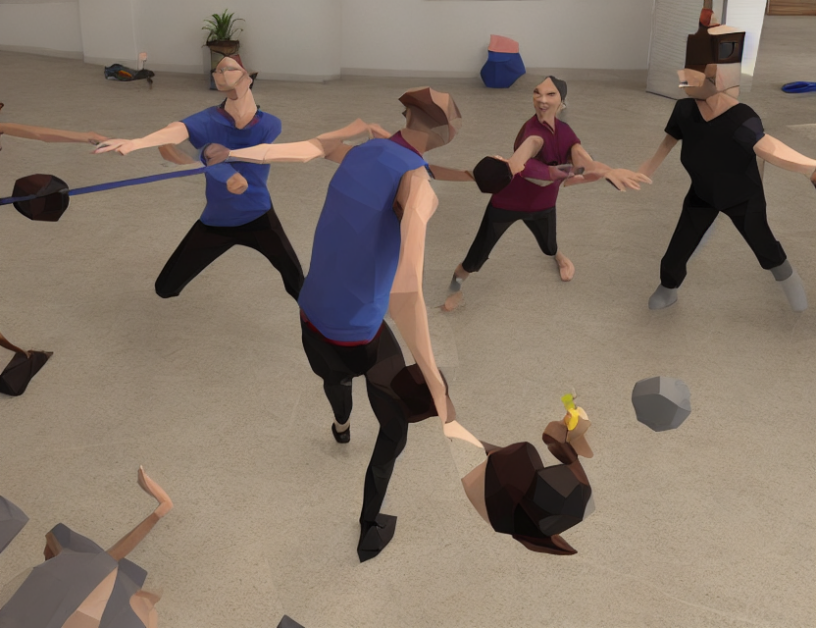In this research paper, the authors explore the use of eye gaze to generate realistic human movements for virtual agents. They propose a novel approach that leverages the relationship between eye gaze and body movements to generate natural-looking motions. The proposed method outperforms existing state-of-the-art methods in three different generation tasks, demonstrating its potential applications in various fields such as dynamic event triggering, gaze-contingent rendering, and creating and animating virtual humans.
To understand how the proposed method works, let’s break it down into simpler terms. The authors use a neural network to analyze the eye movements of a person and predict their body movements based on the visual context. This process is similar to how we use our eyes to guide our bodies in real life. Just as we look at something and move our bodies accordingly, the proposed method uses eye gaze to generate corresponding body movements.
The authors evaluate their method on several experiments, showing that it can generate diverse human movements such as walking, running, and even jumping. They also demonstrate how their approach can be used in various applications, including creating realistic avatars for virtual reality and animating characters in movies or video games.
One potential area for future work is analyzing how the bottom-up scene content and top-down tasks influence human eye gaze. By understanding these factors, the proposed method could be further improved to generate even more realistic eye and body movements. Additionally, incorporating other modalities such as audio or speech into the model could enhance its performance.
In conclusion, the proposed method has the potential to revolutionize the field of virtual reality and human-computer interaction by generating realistic human movements based on eye gaze. By leveraging the relationship between eye movements and body movements, this approach offers a simple yet effective way to create natural-looking motions for virtual agents. As the technology continues to advance, we can expect to see even more impressive applications of this method in various fields.
Computer Science, Computer Vision and Pattern Recognition
Unlocking Realistic Human Movements with Eye-Body Coordination



